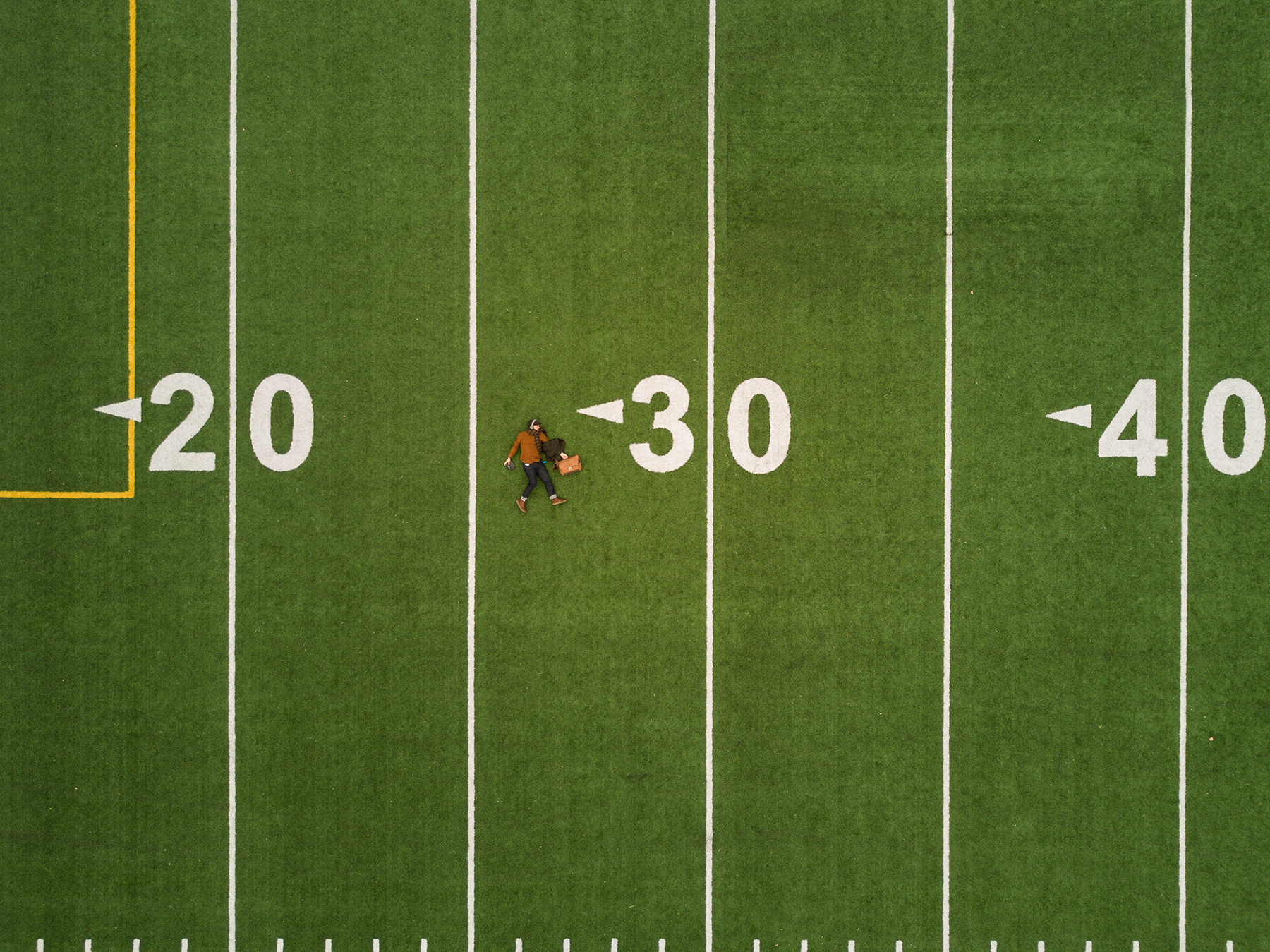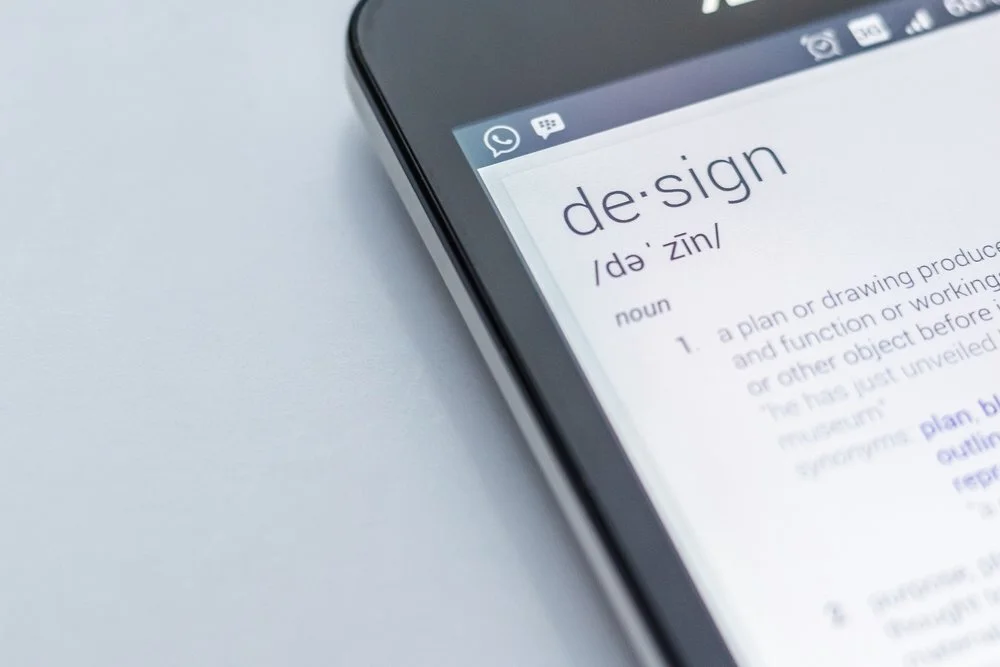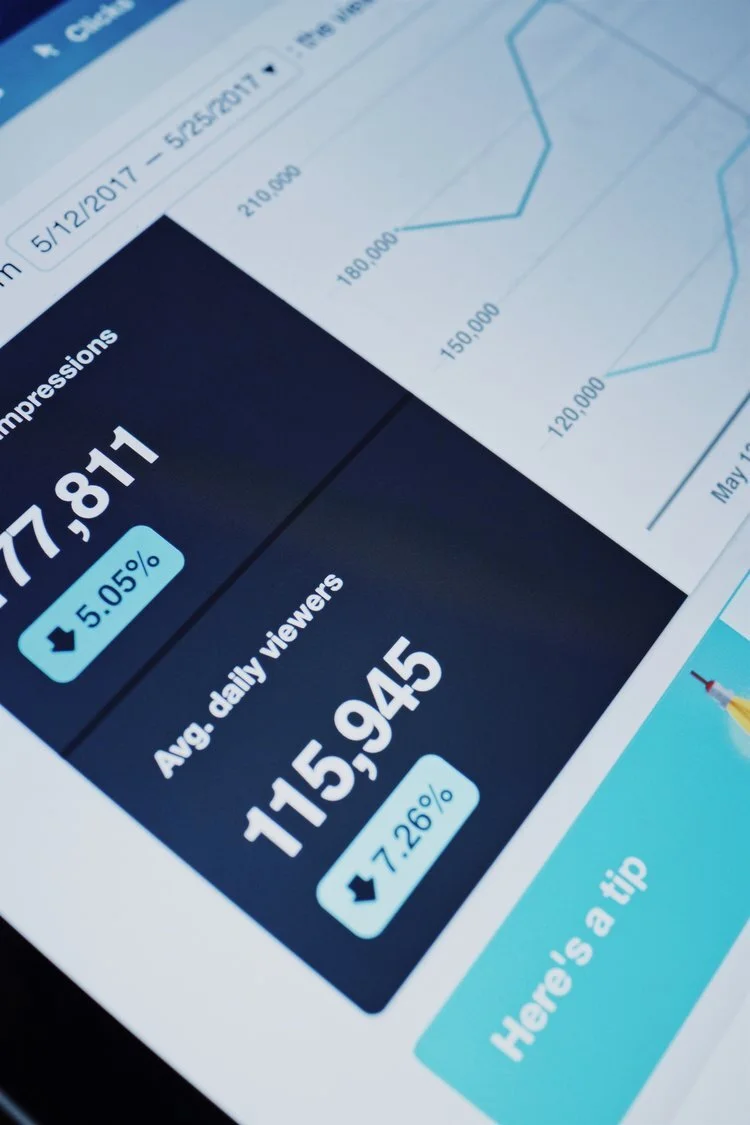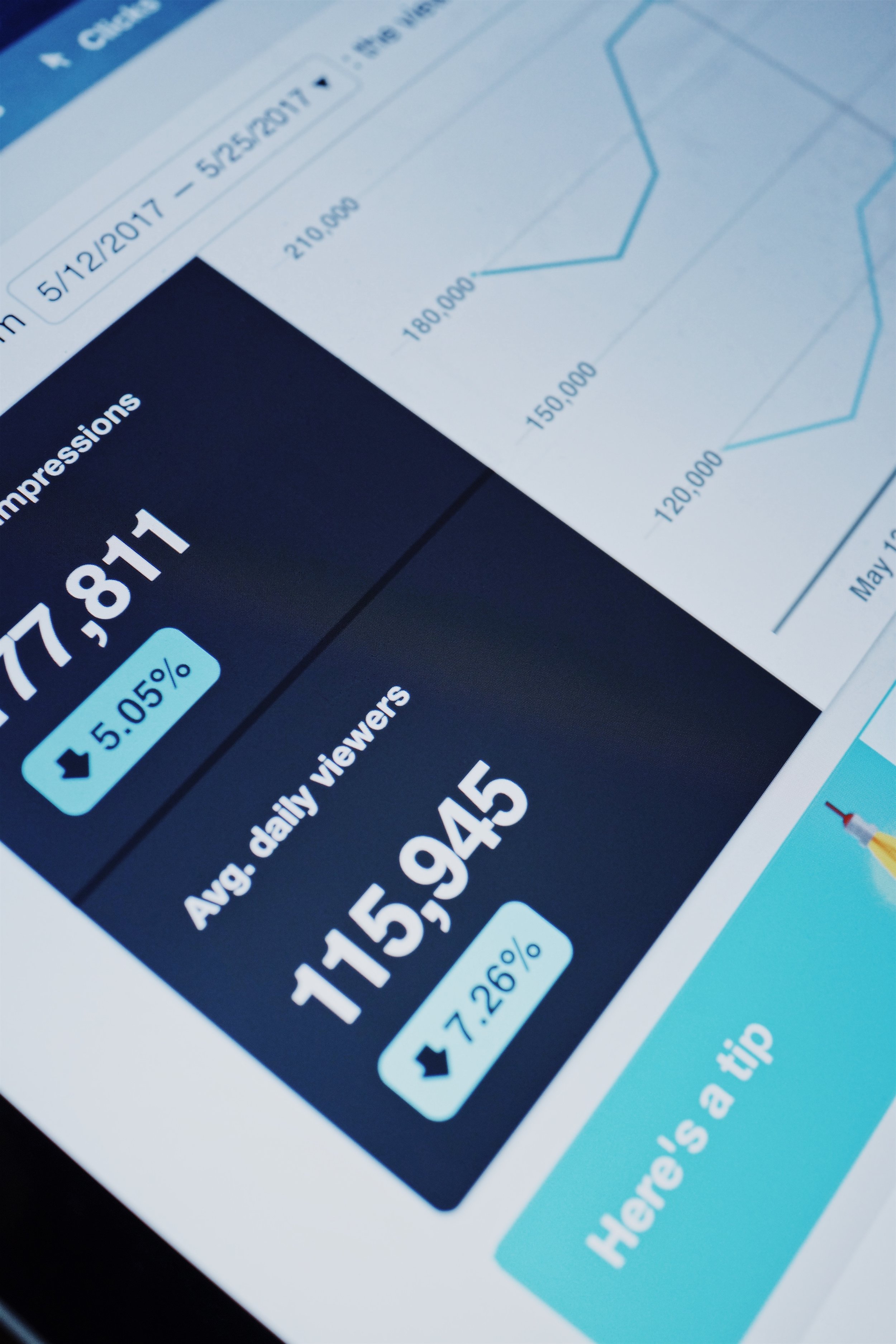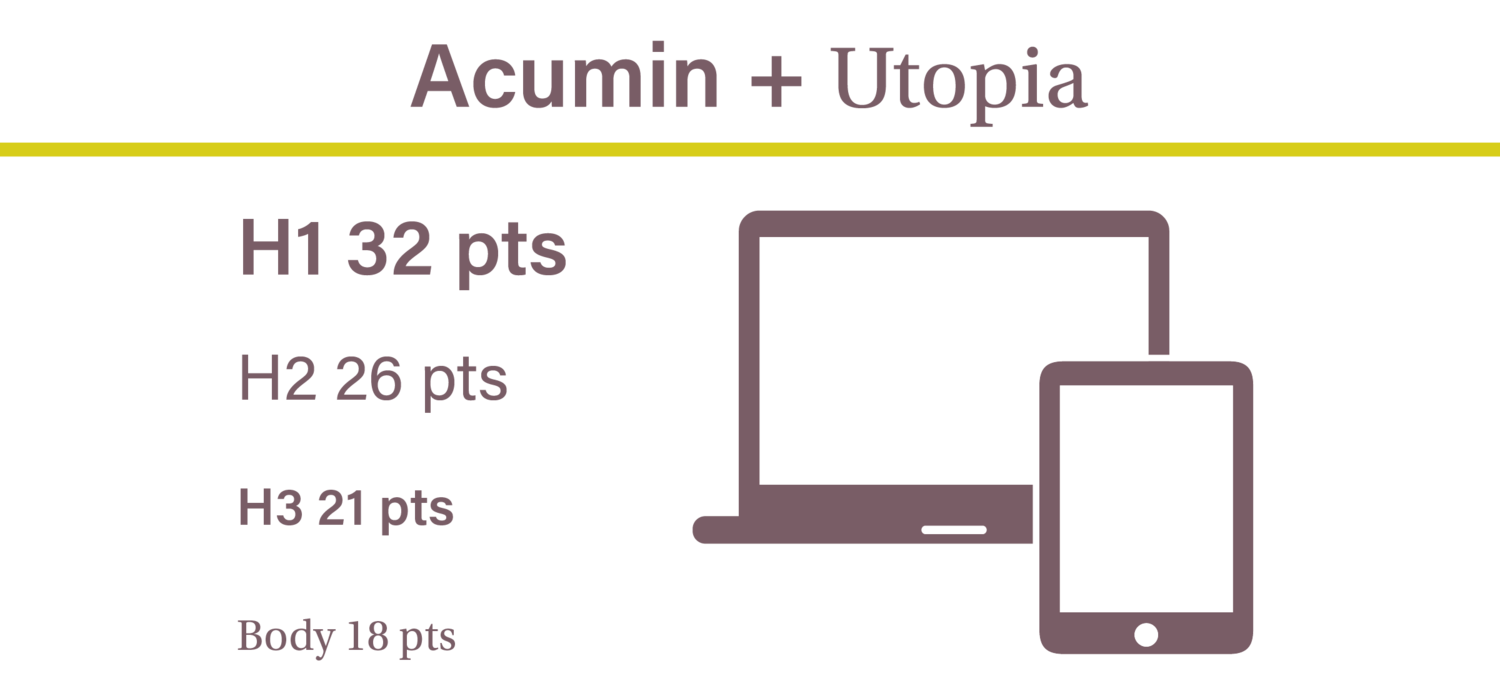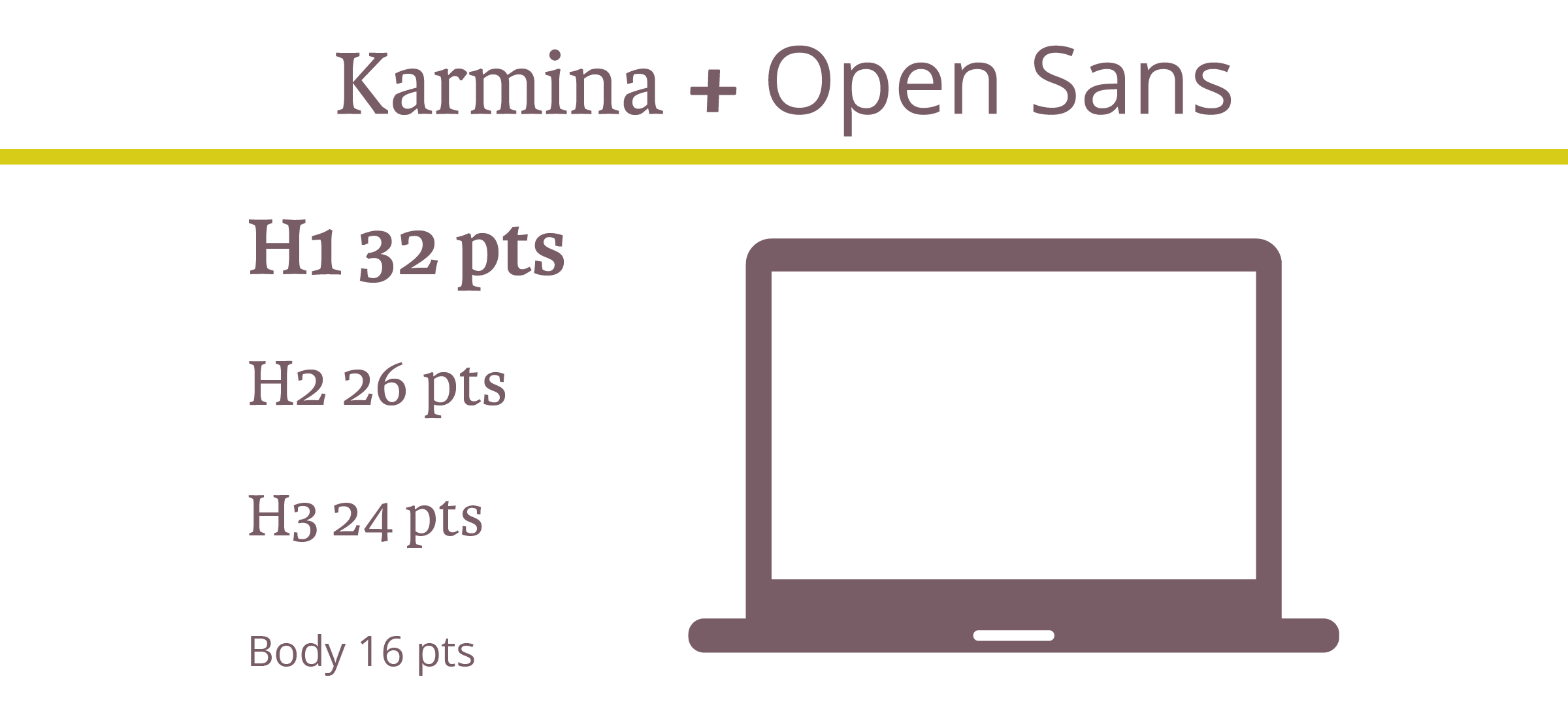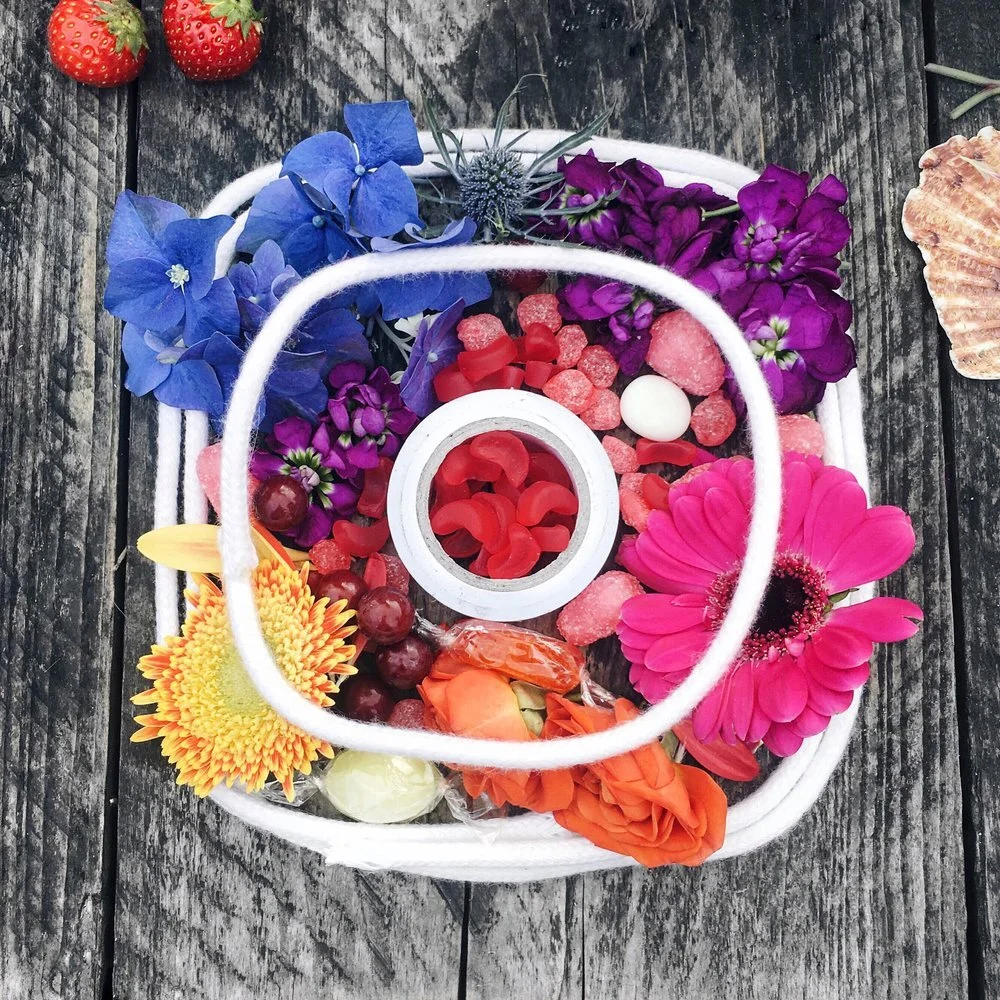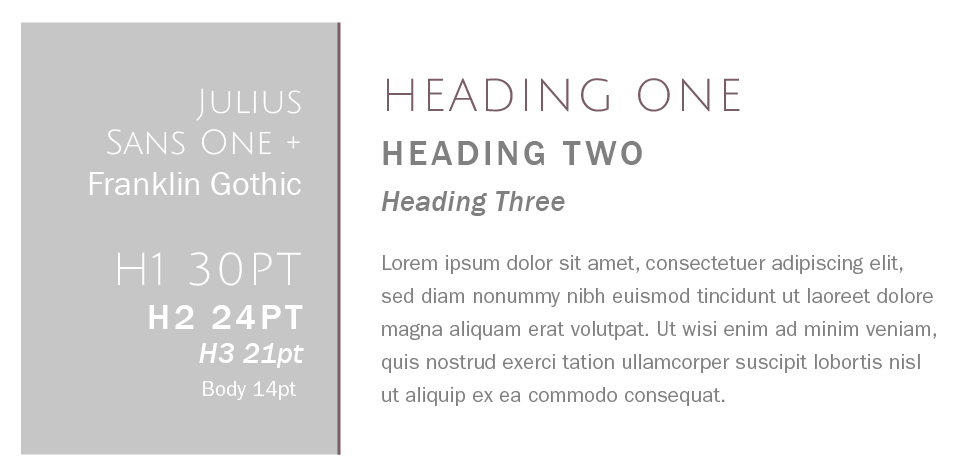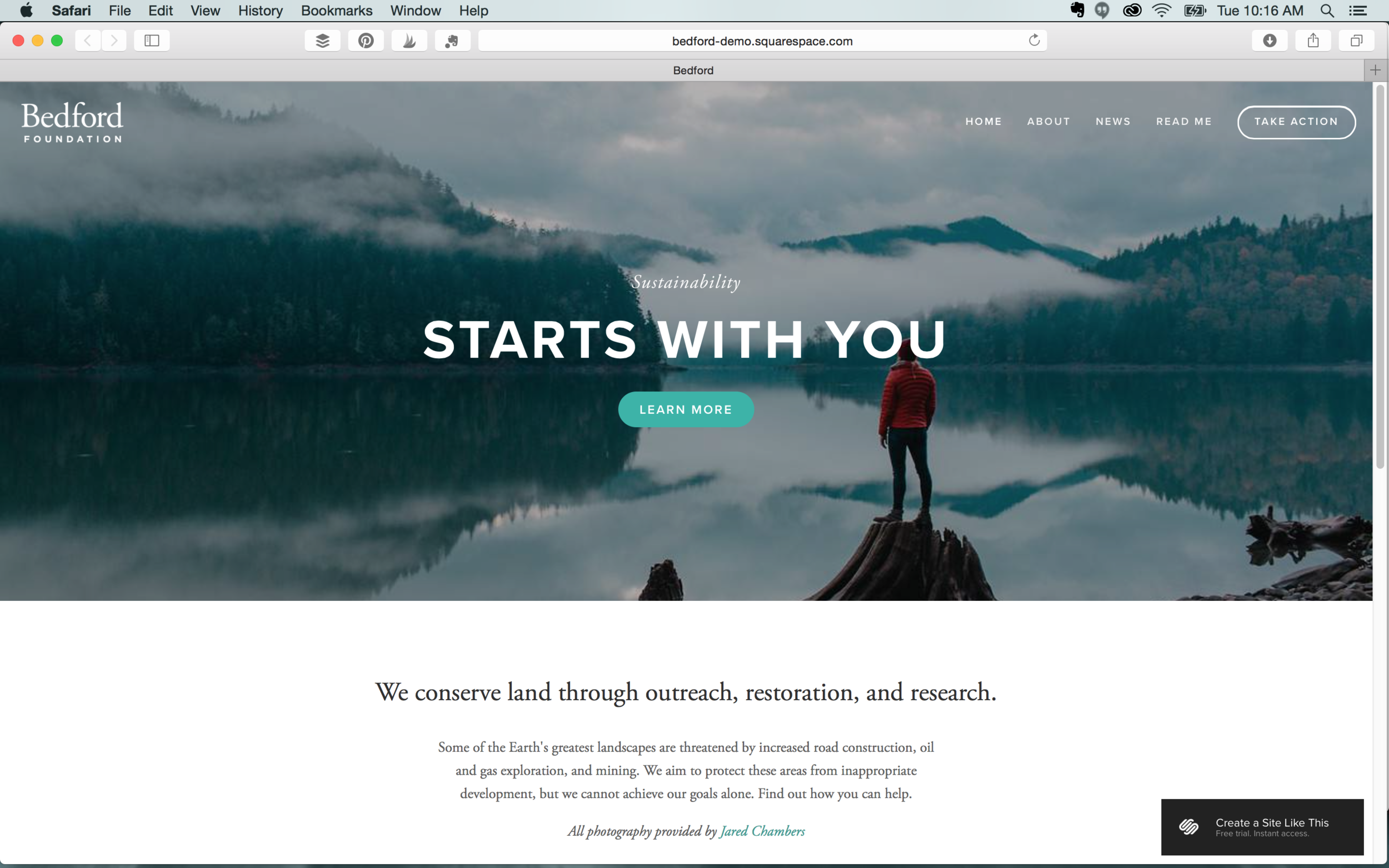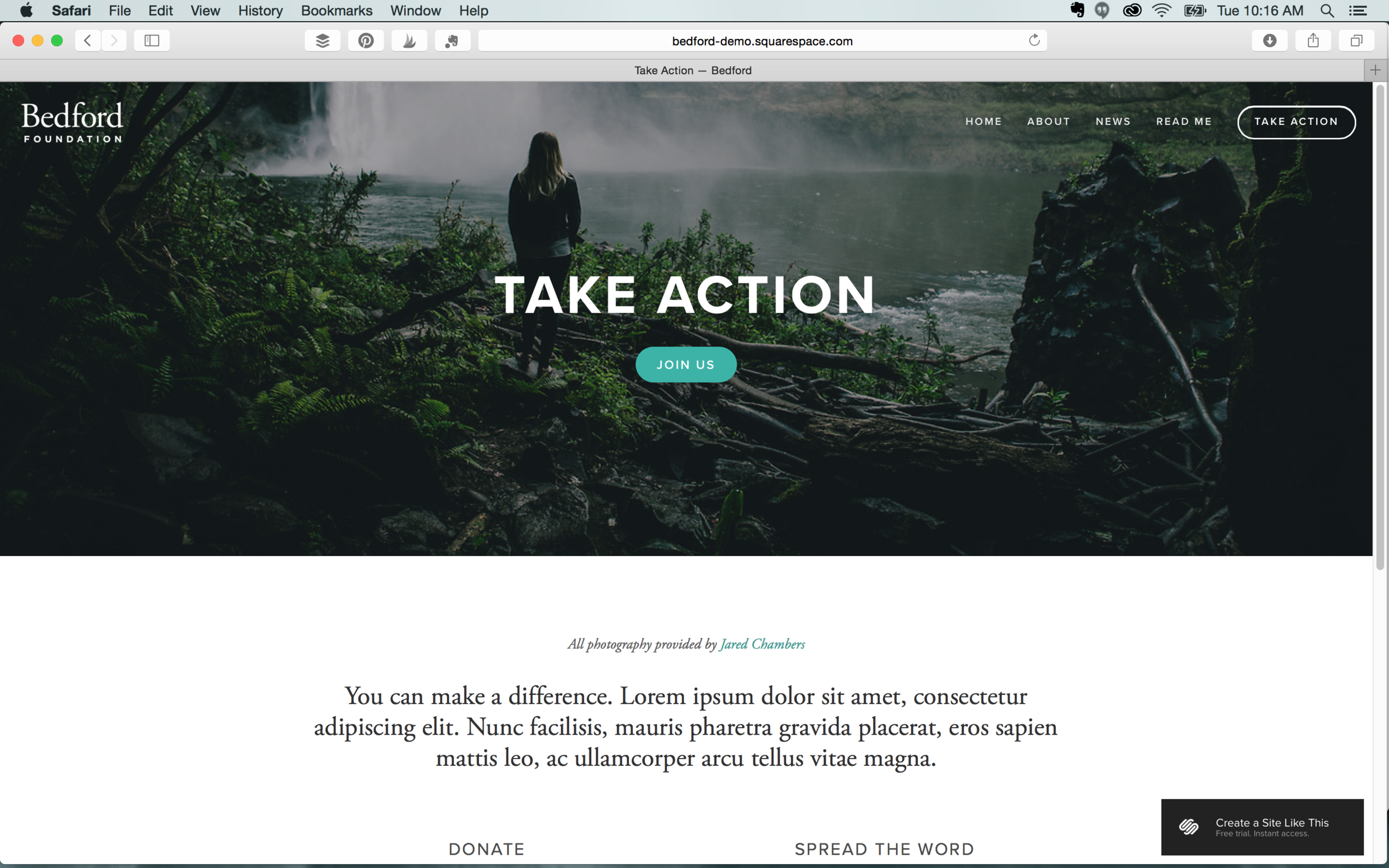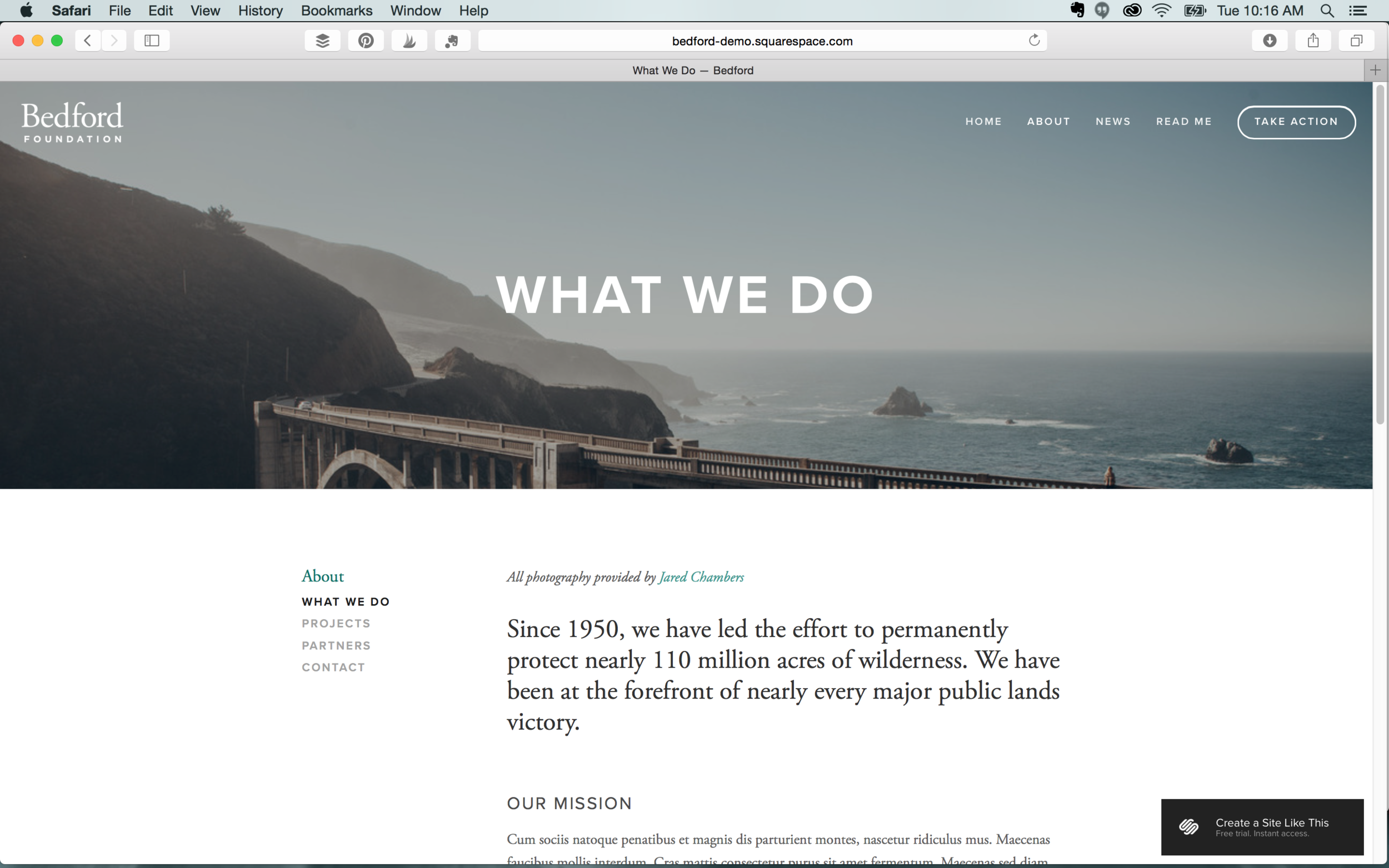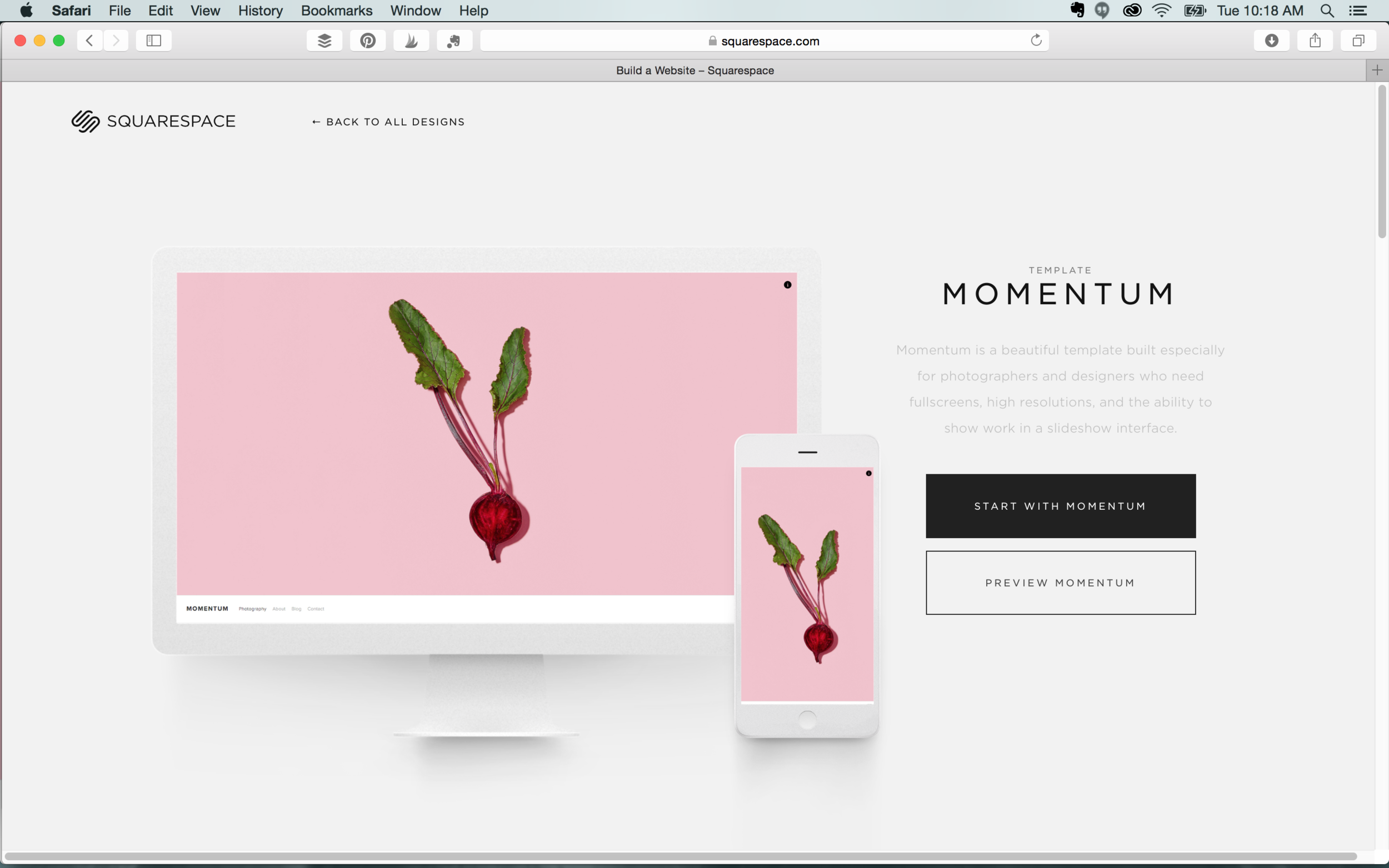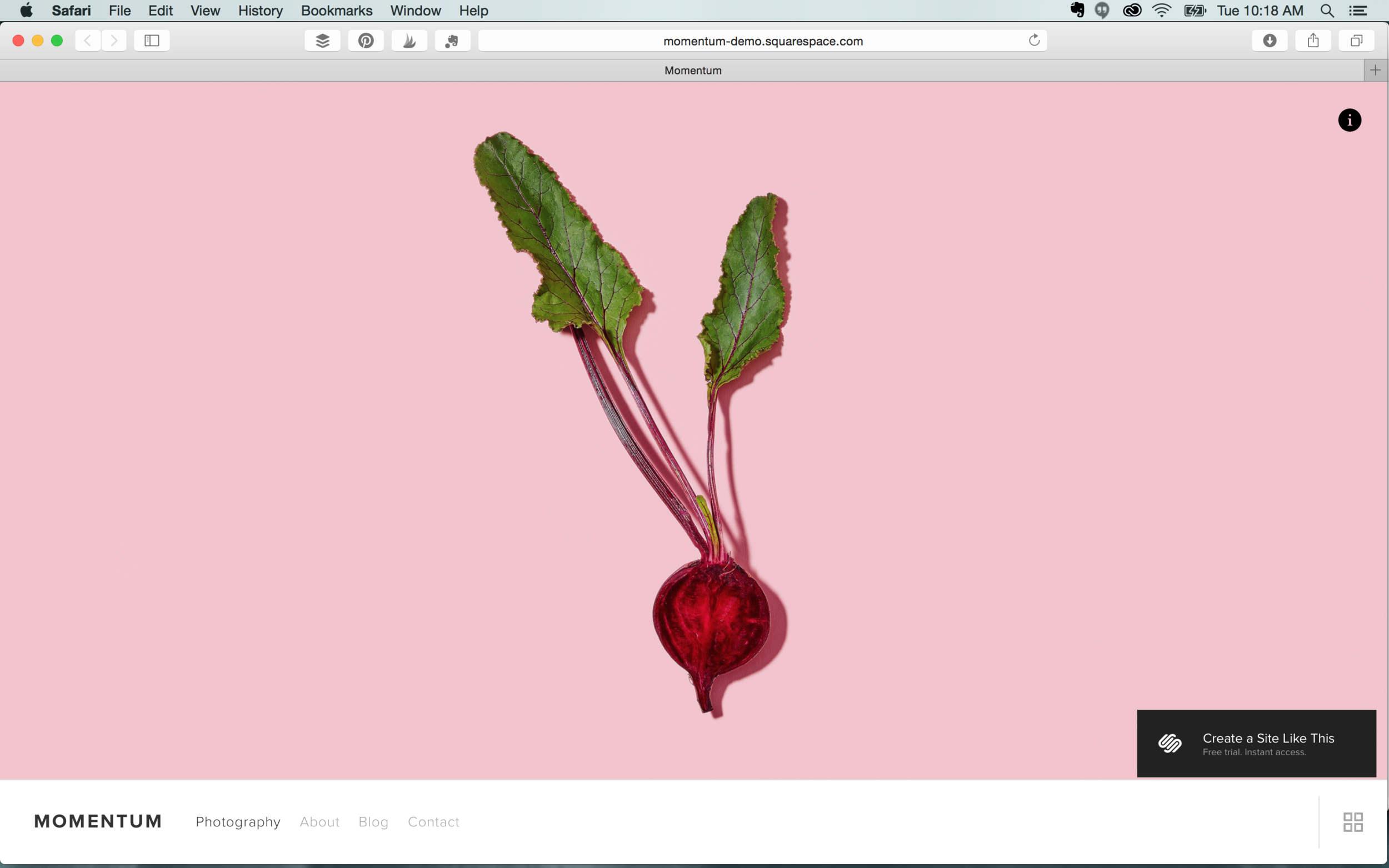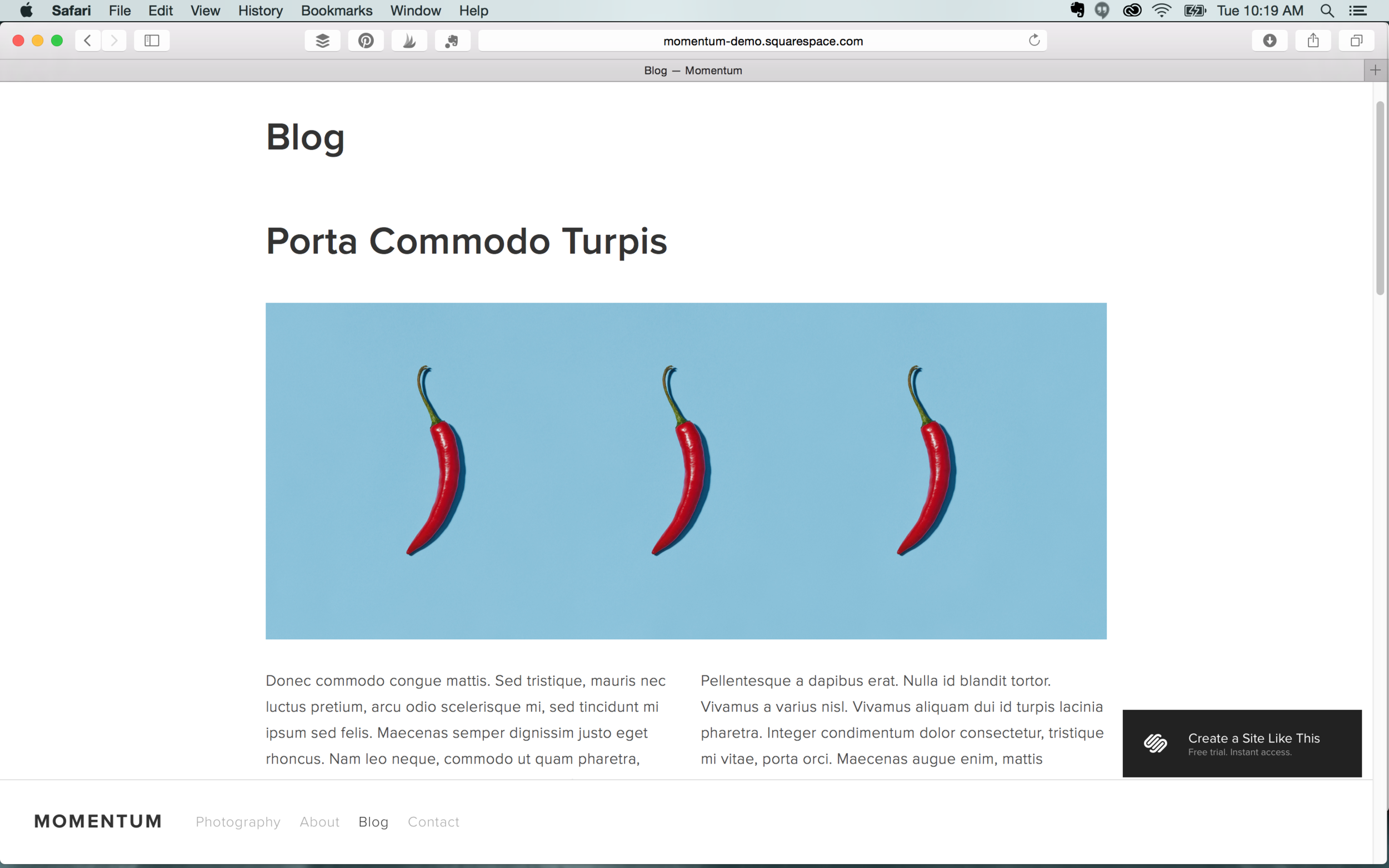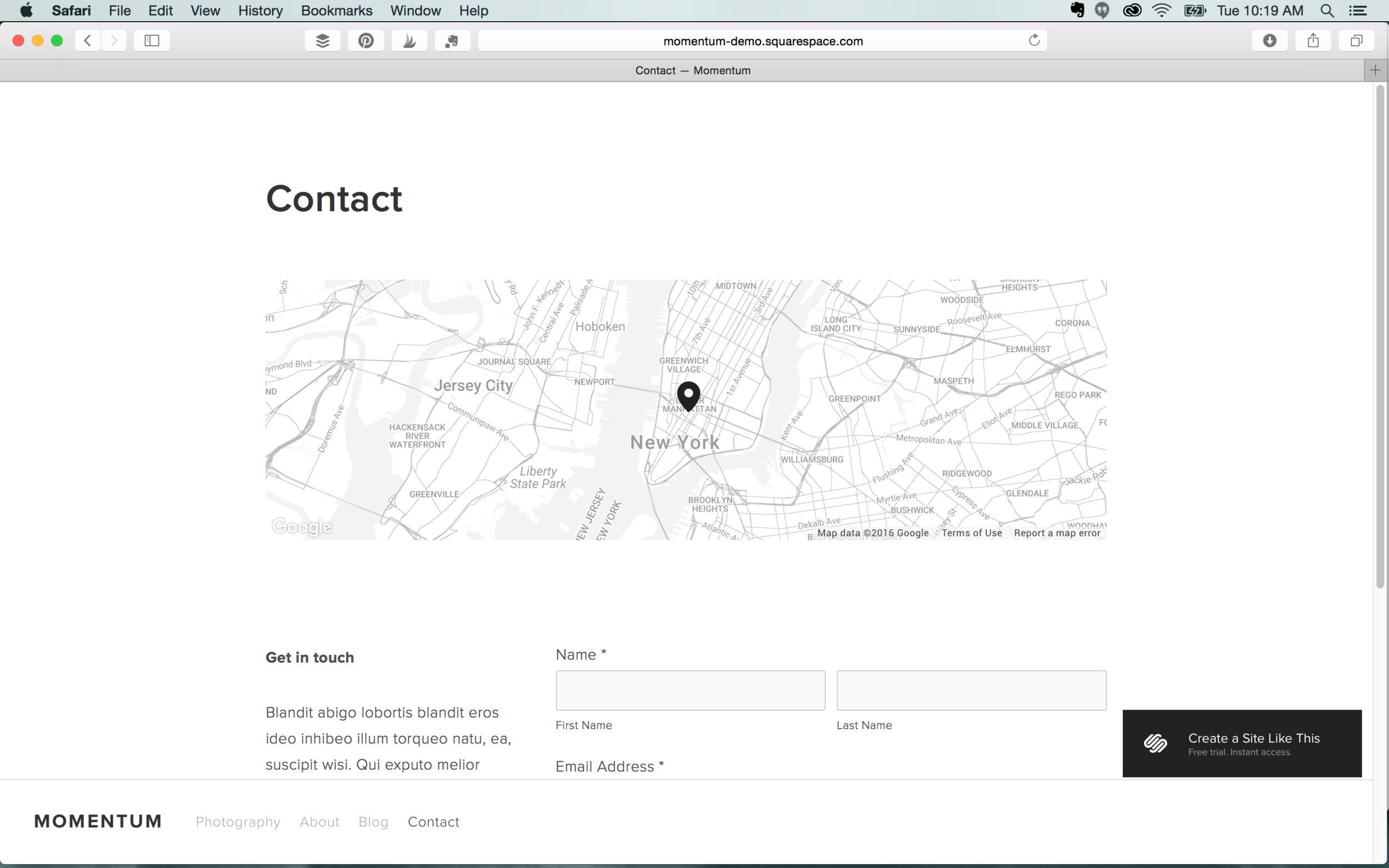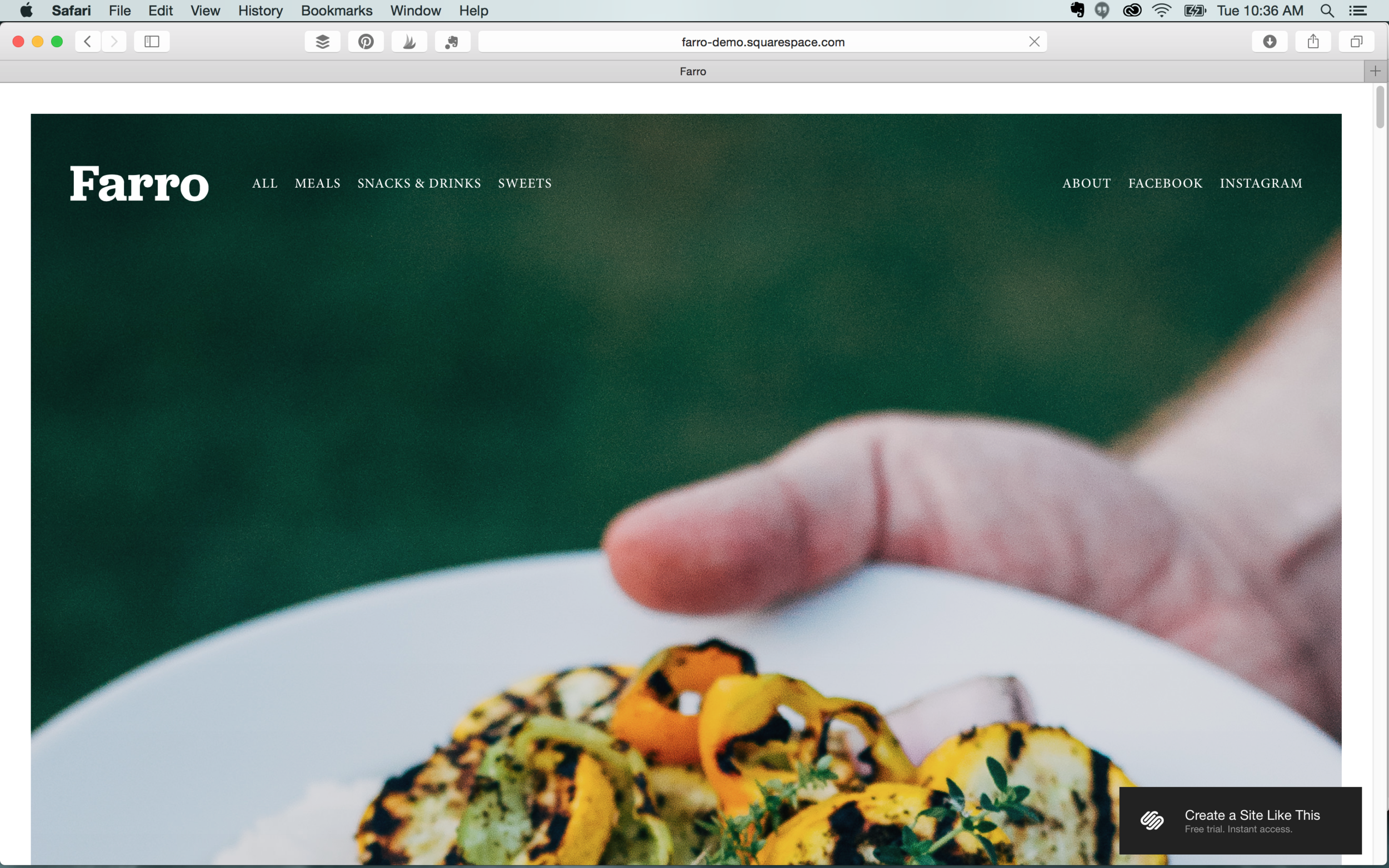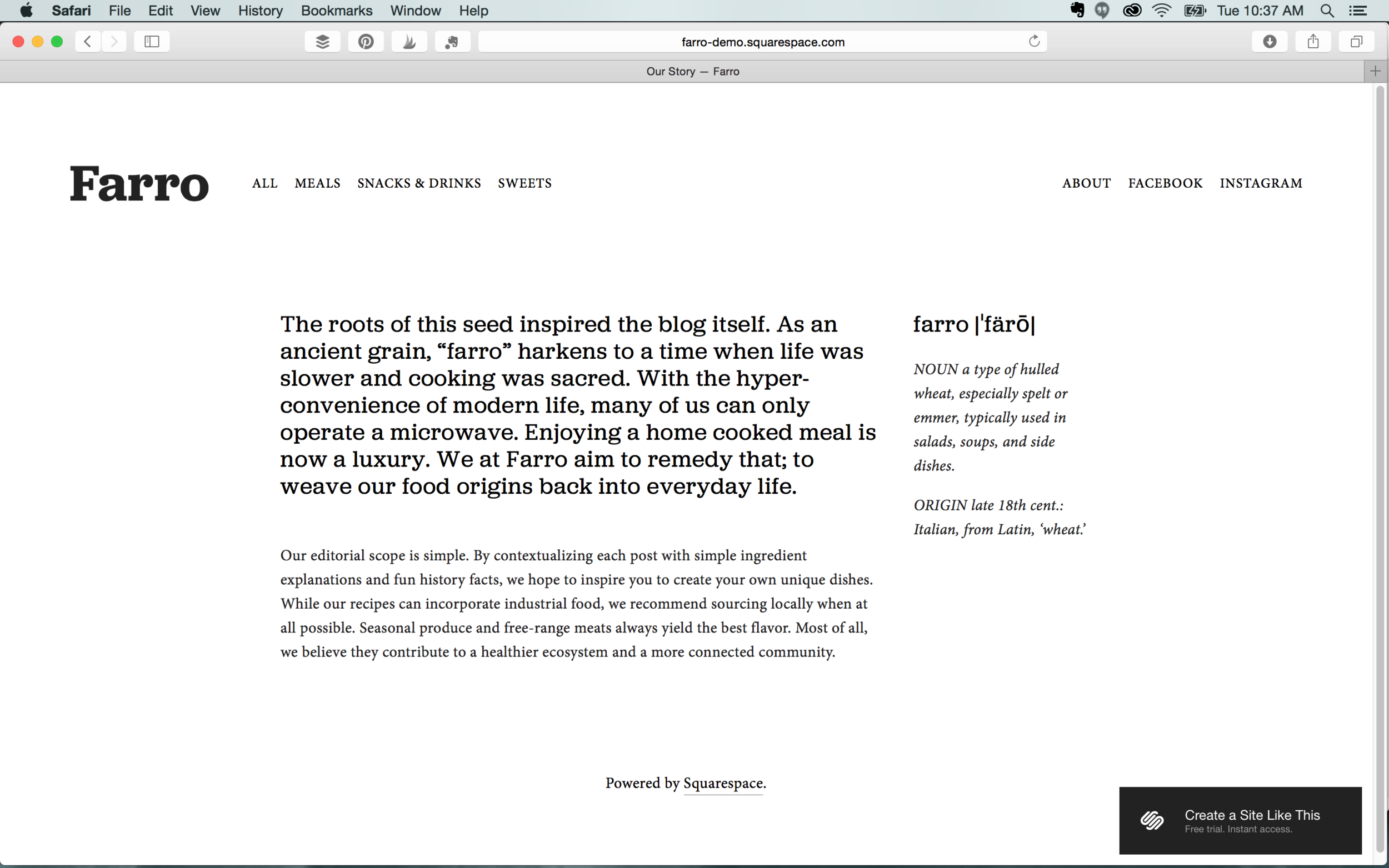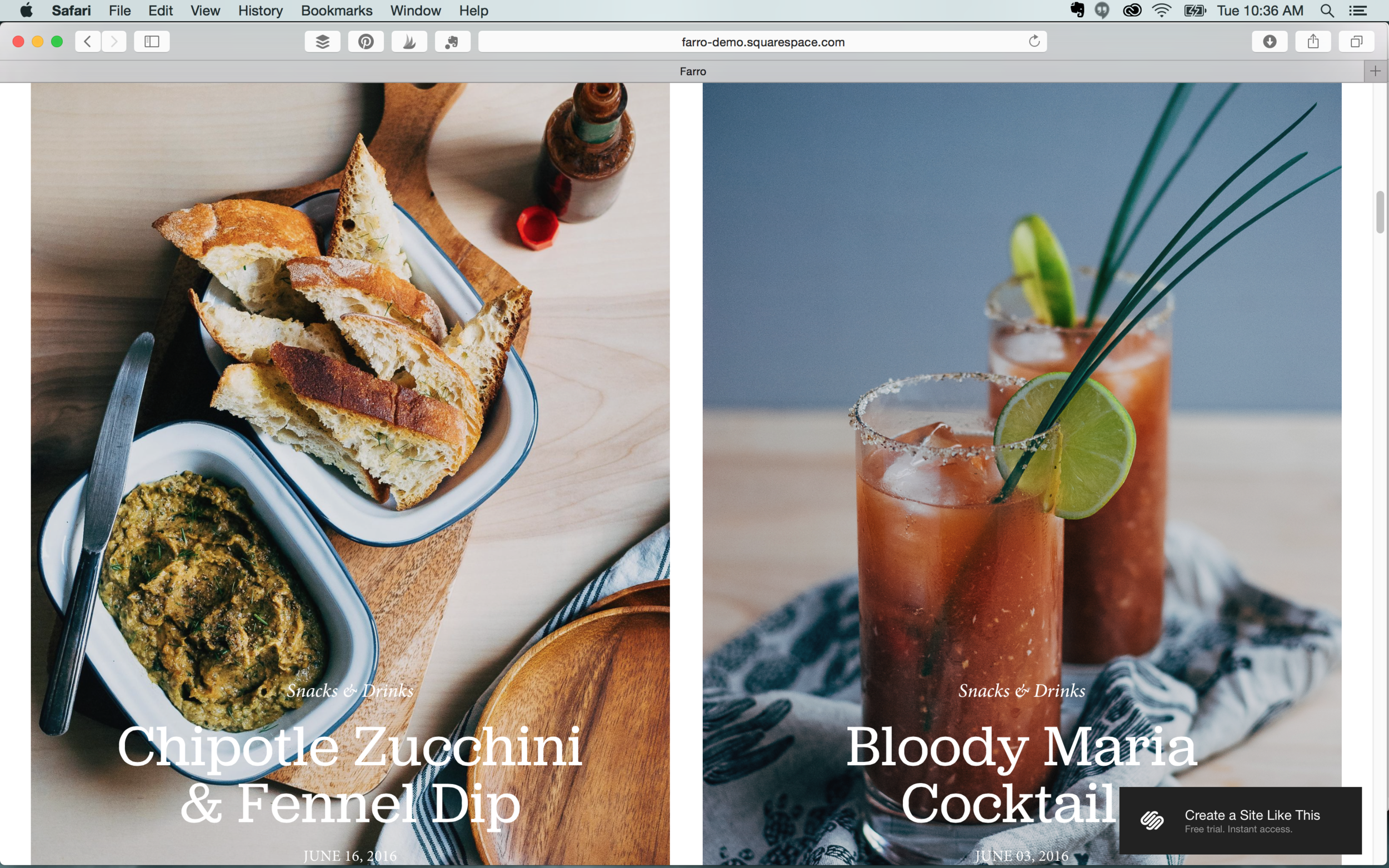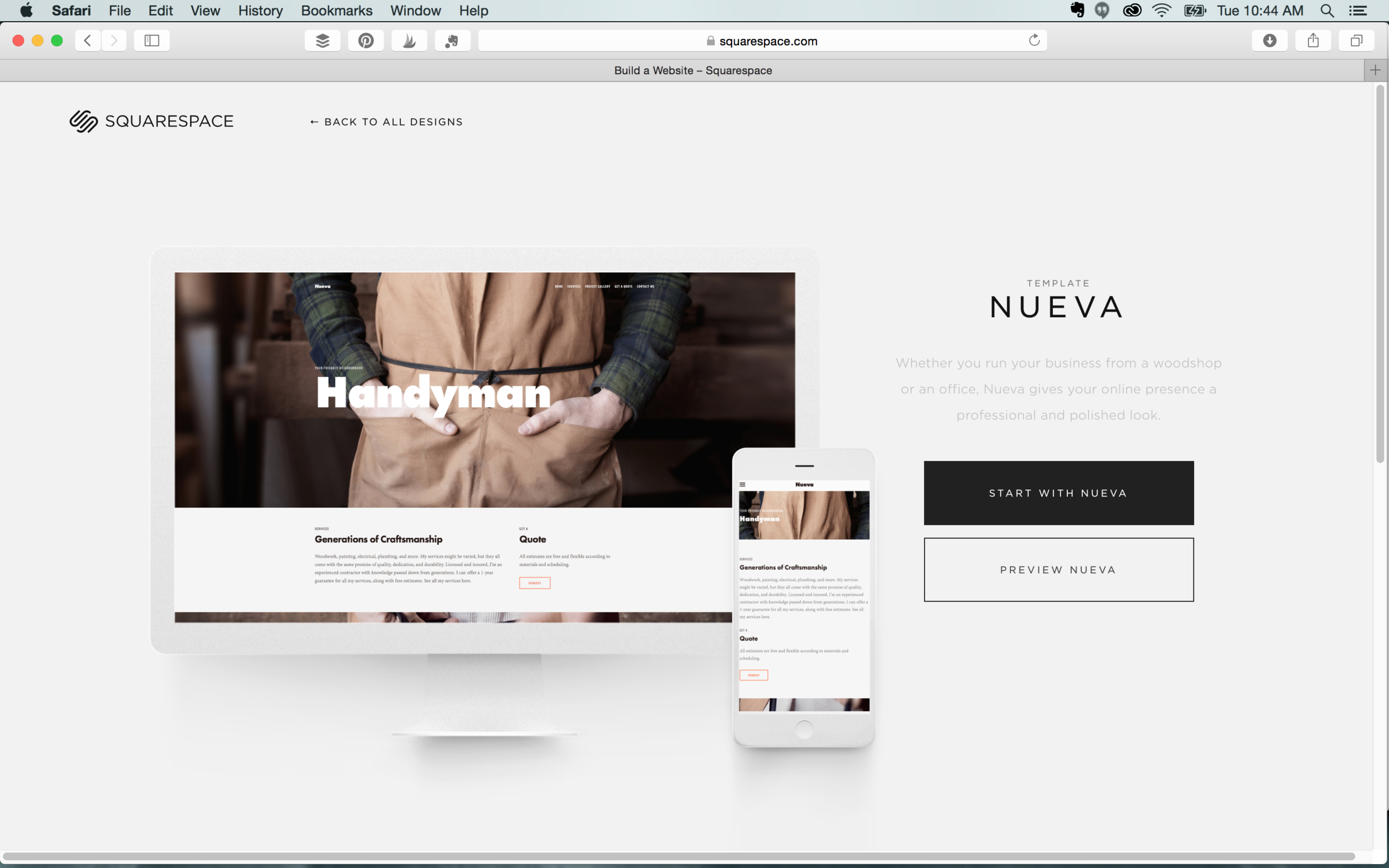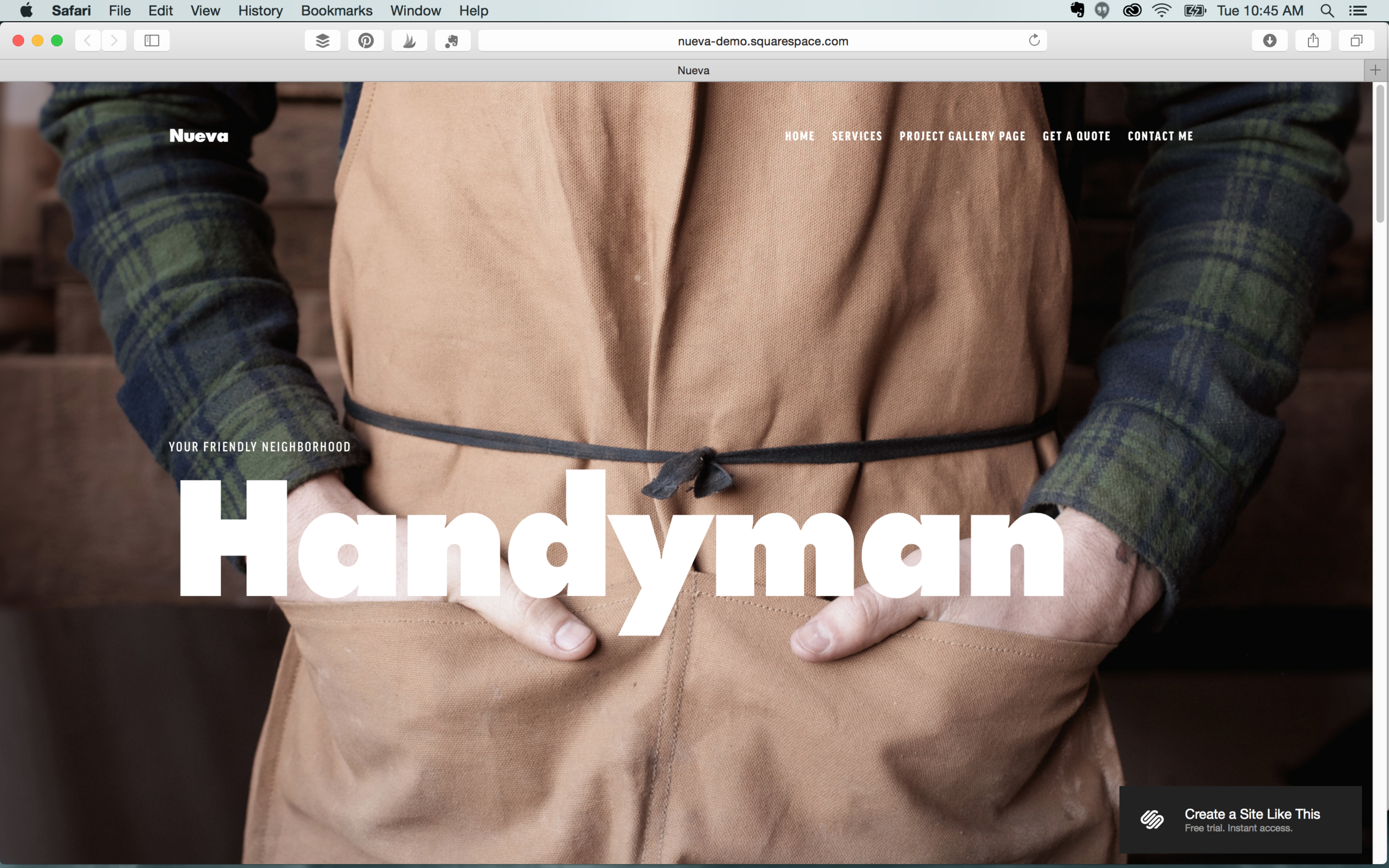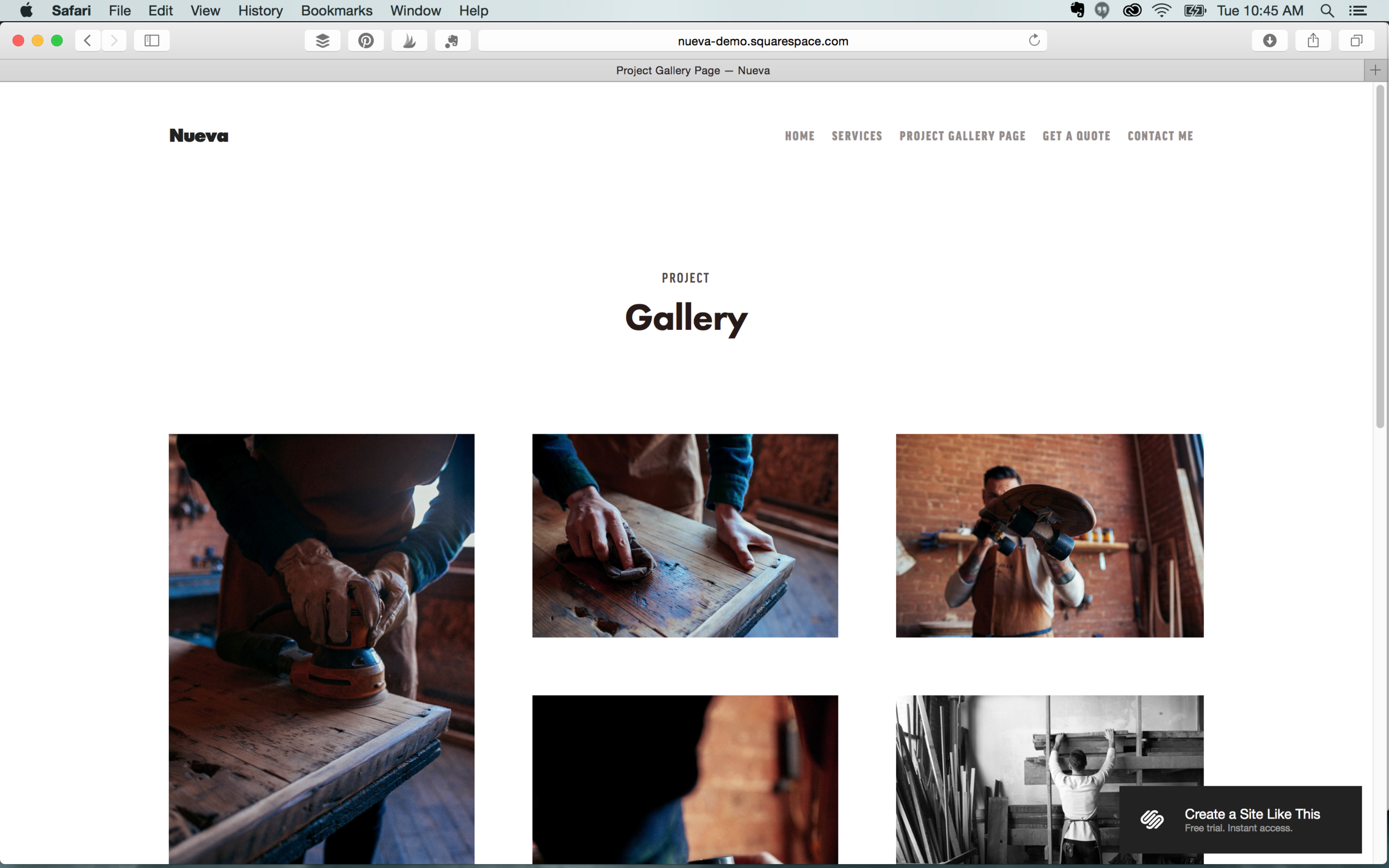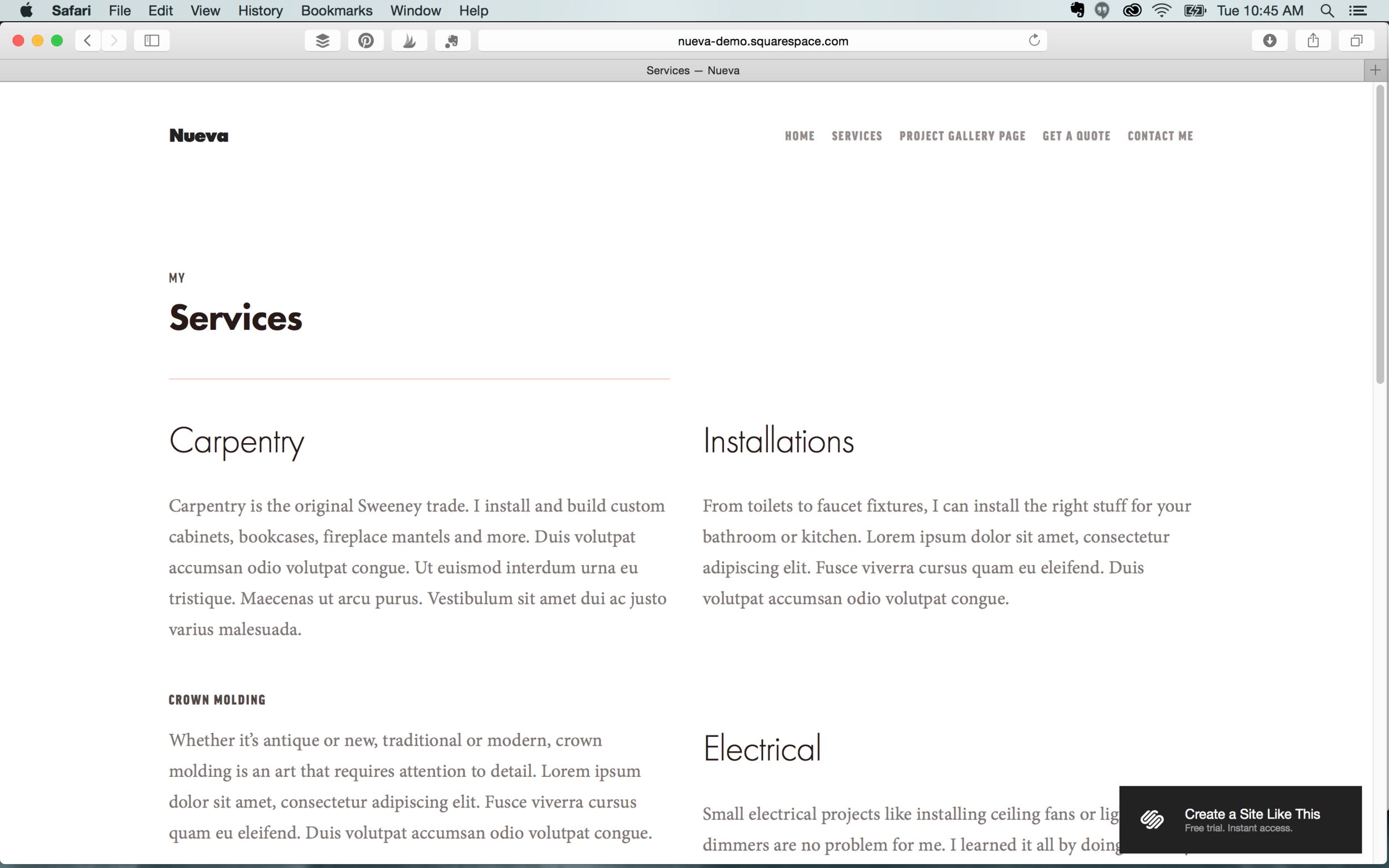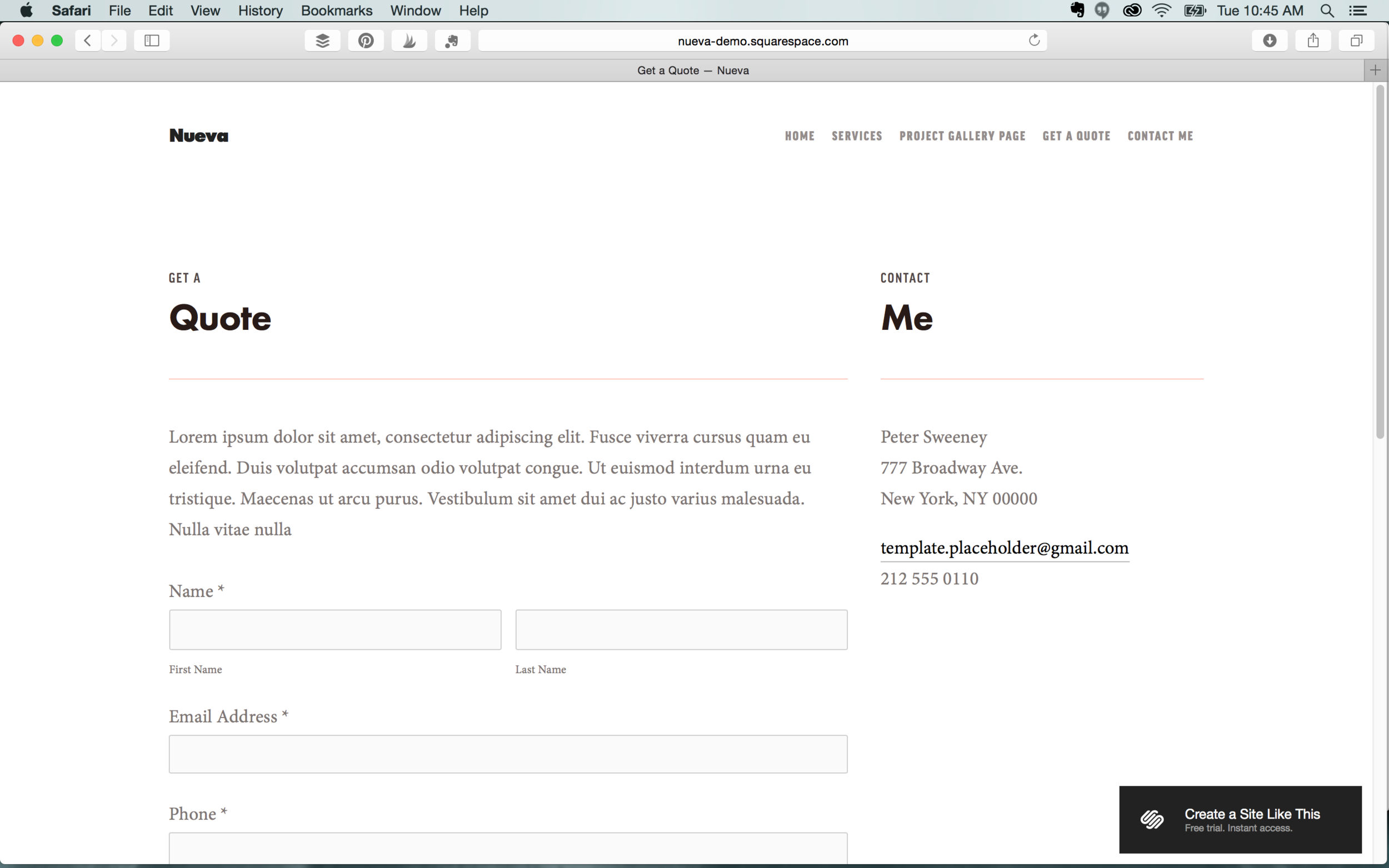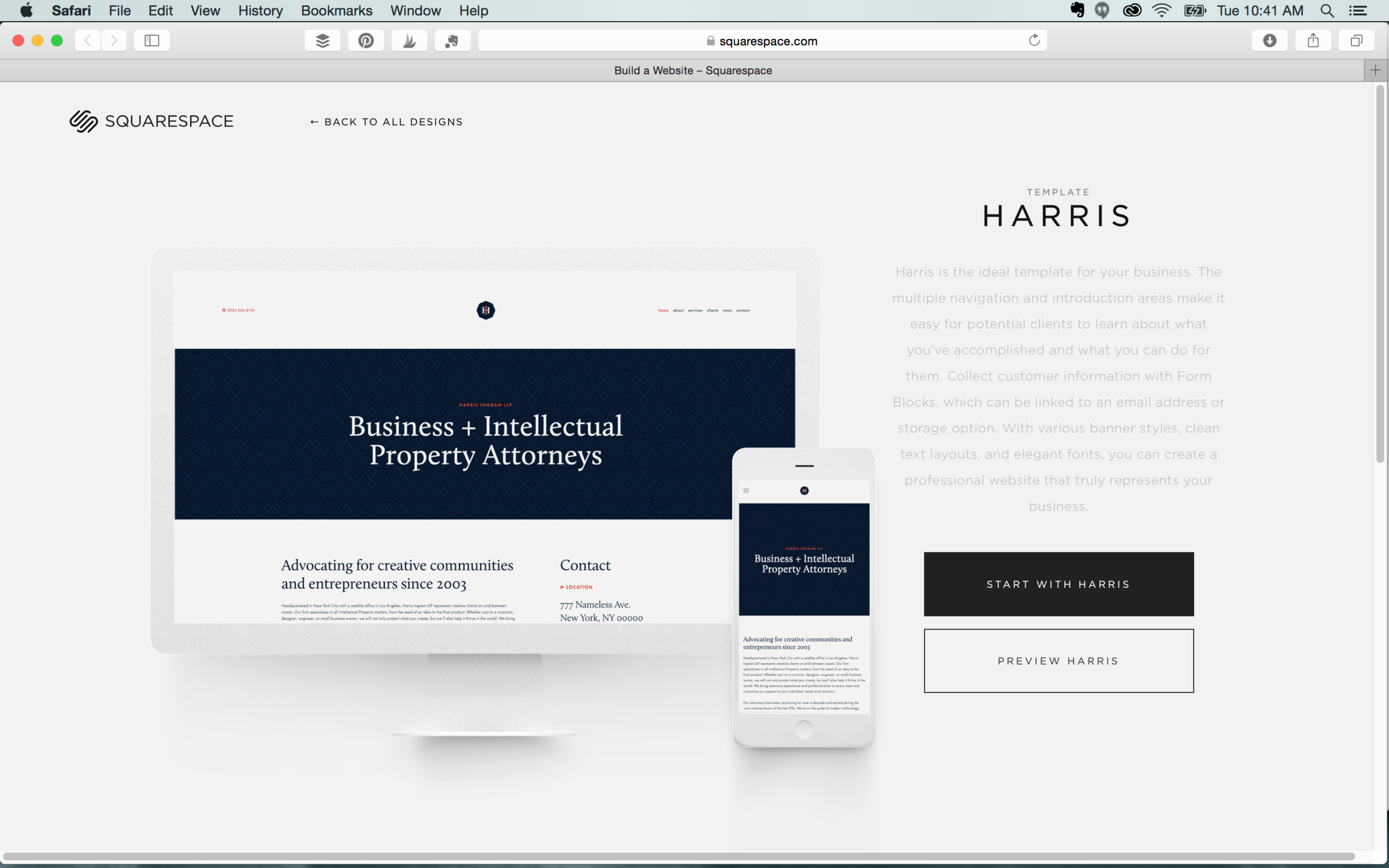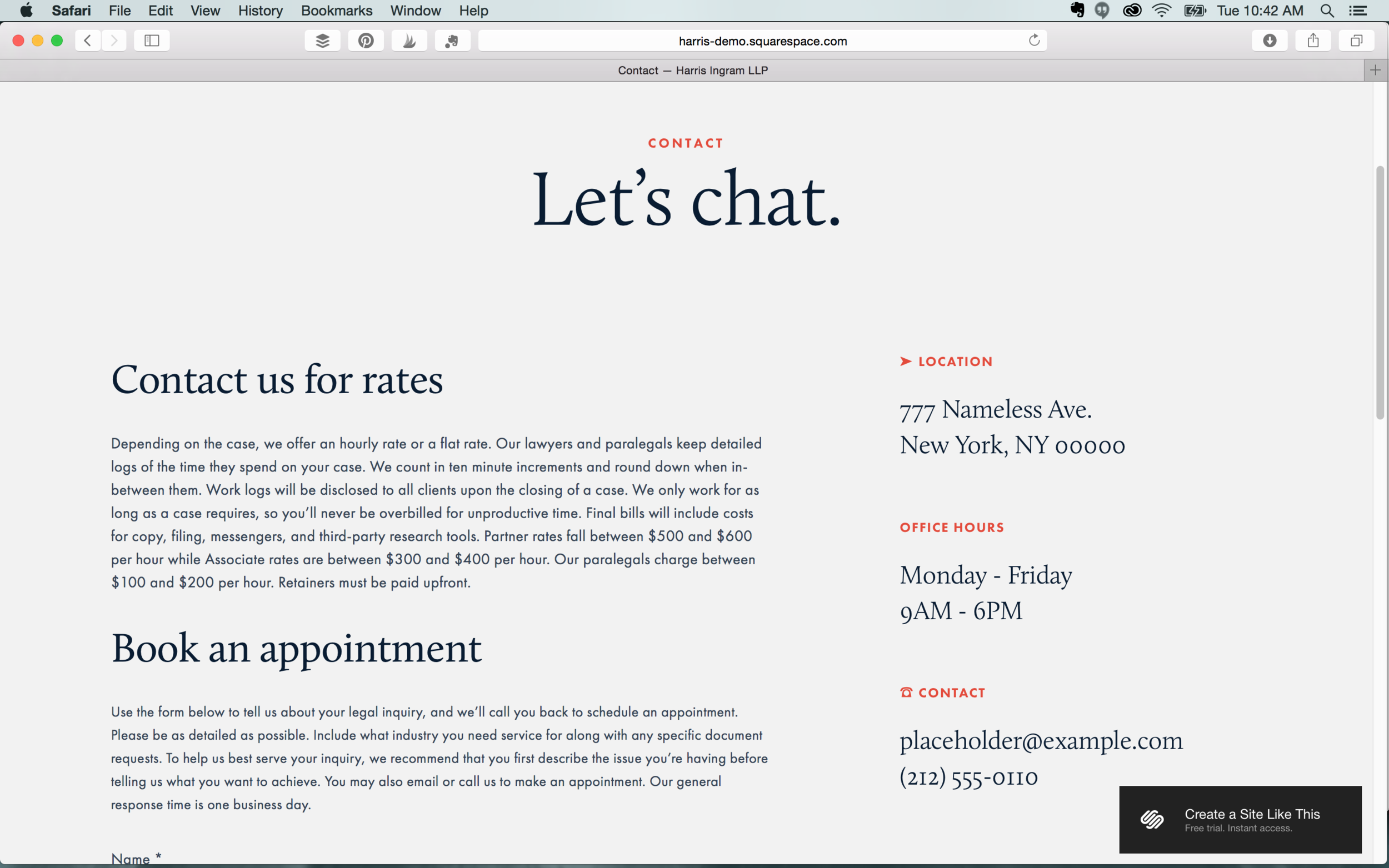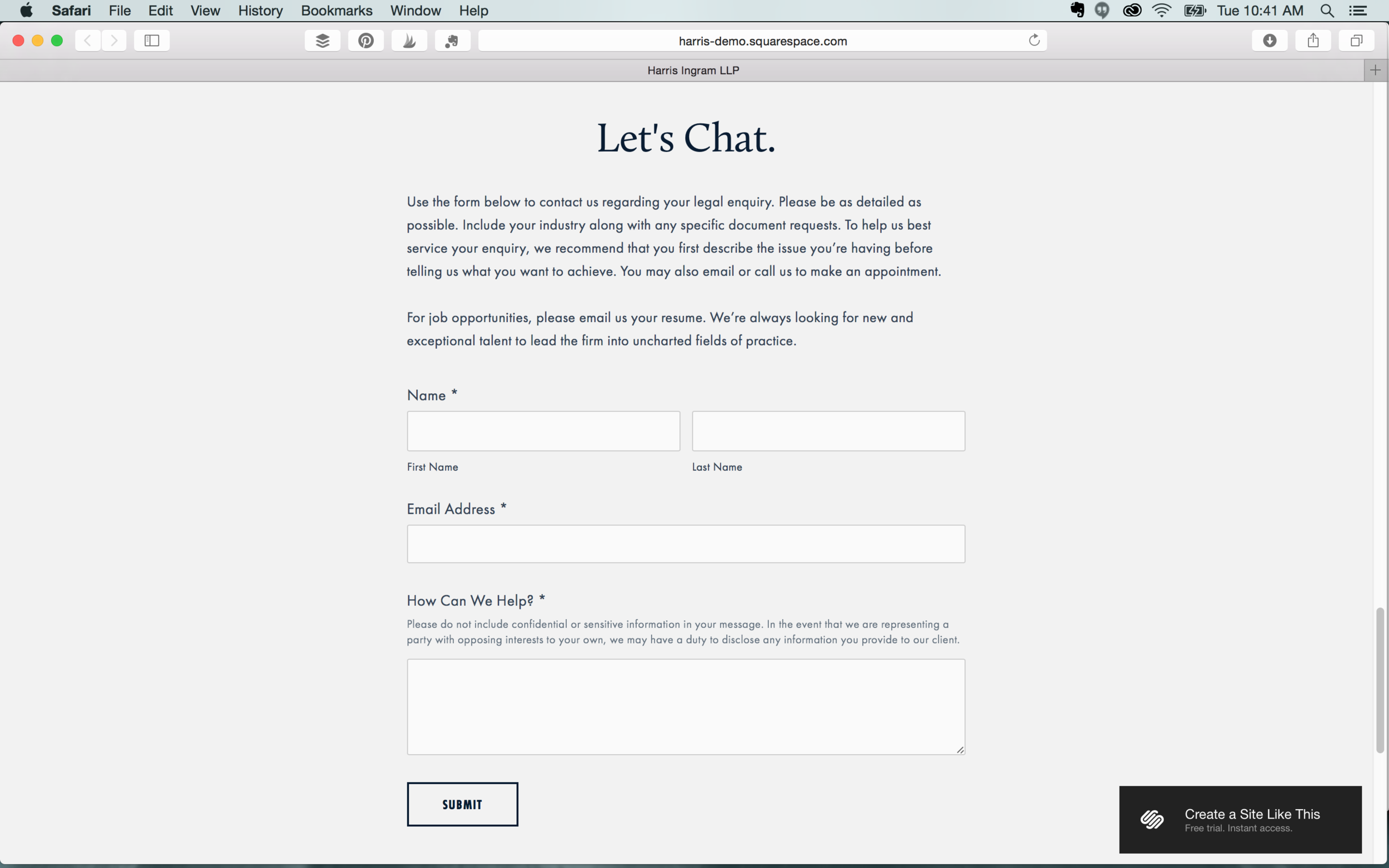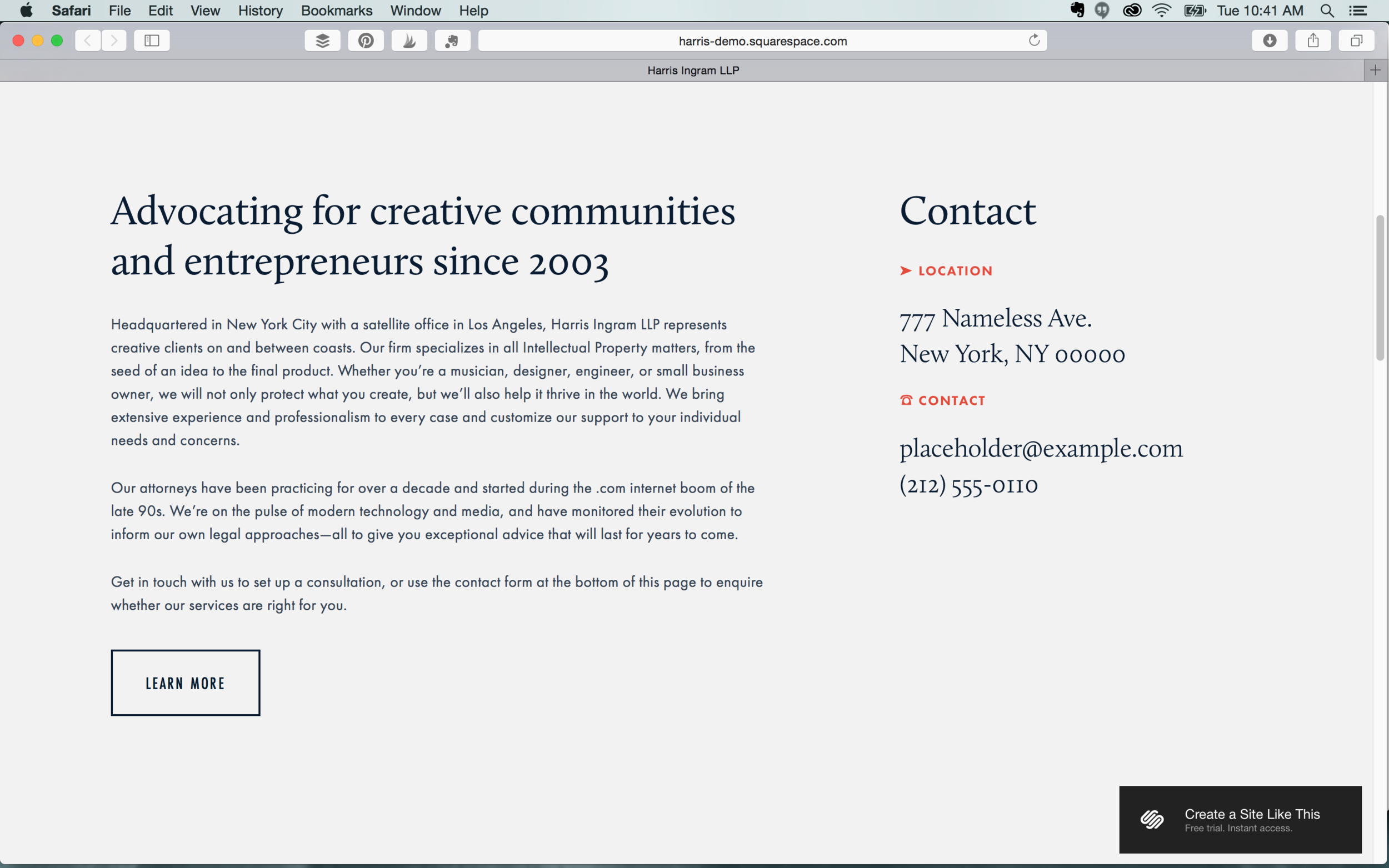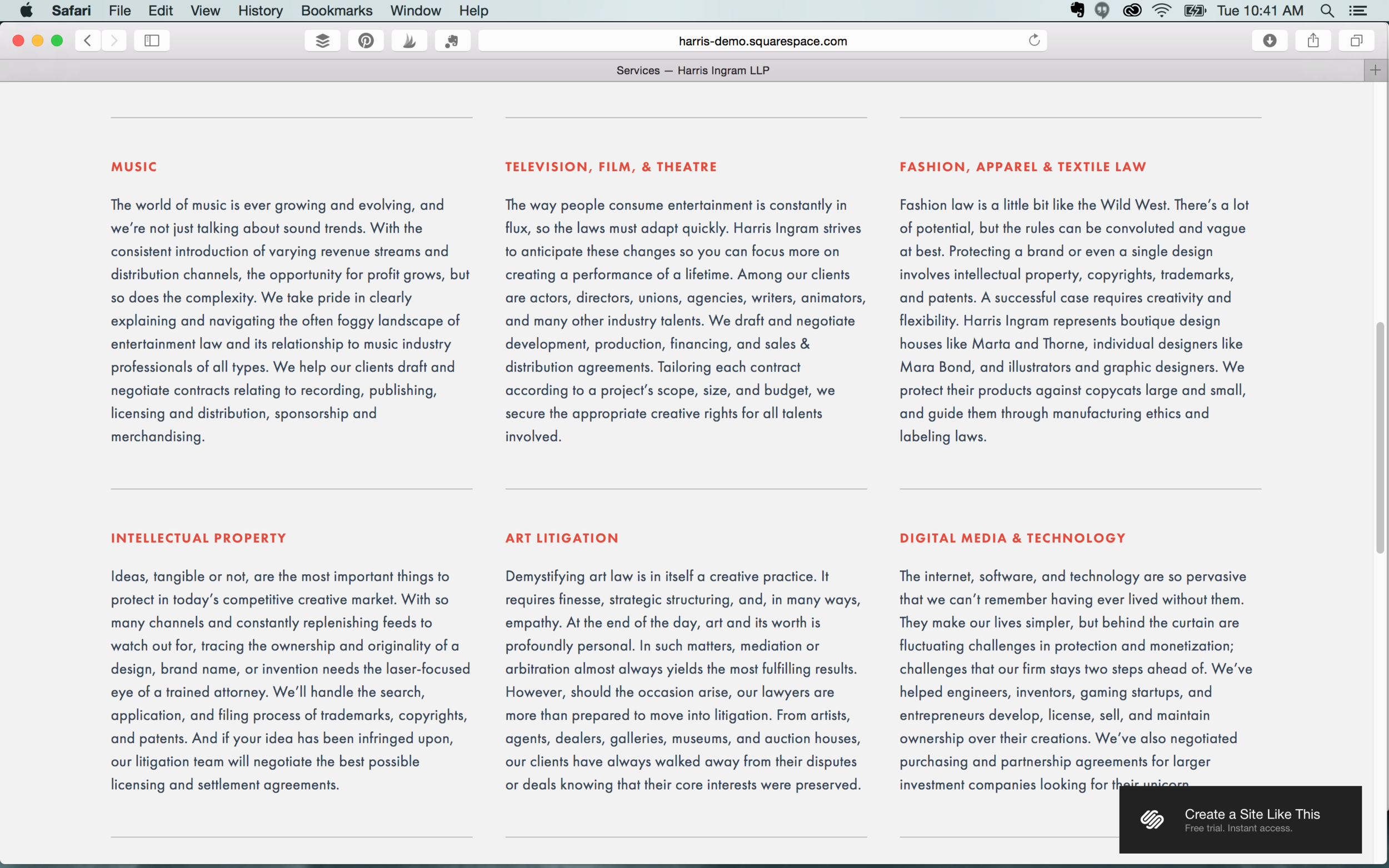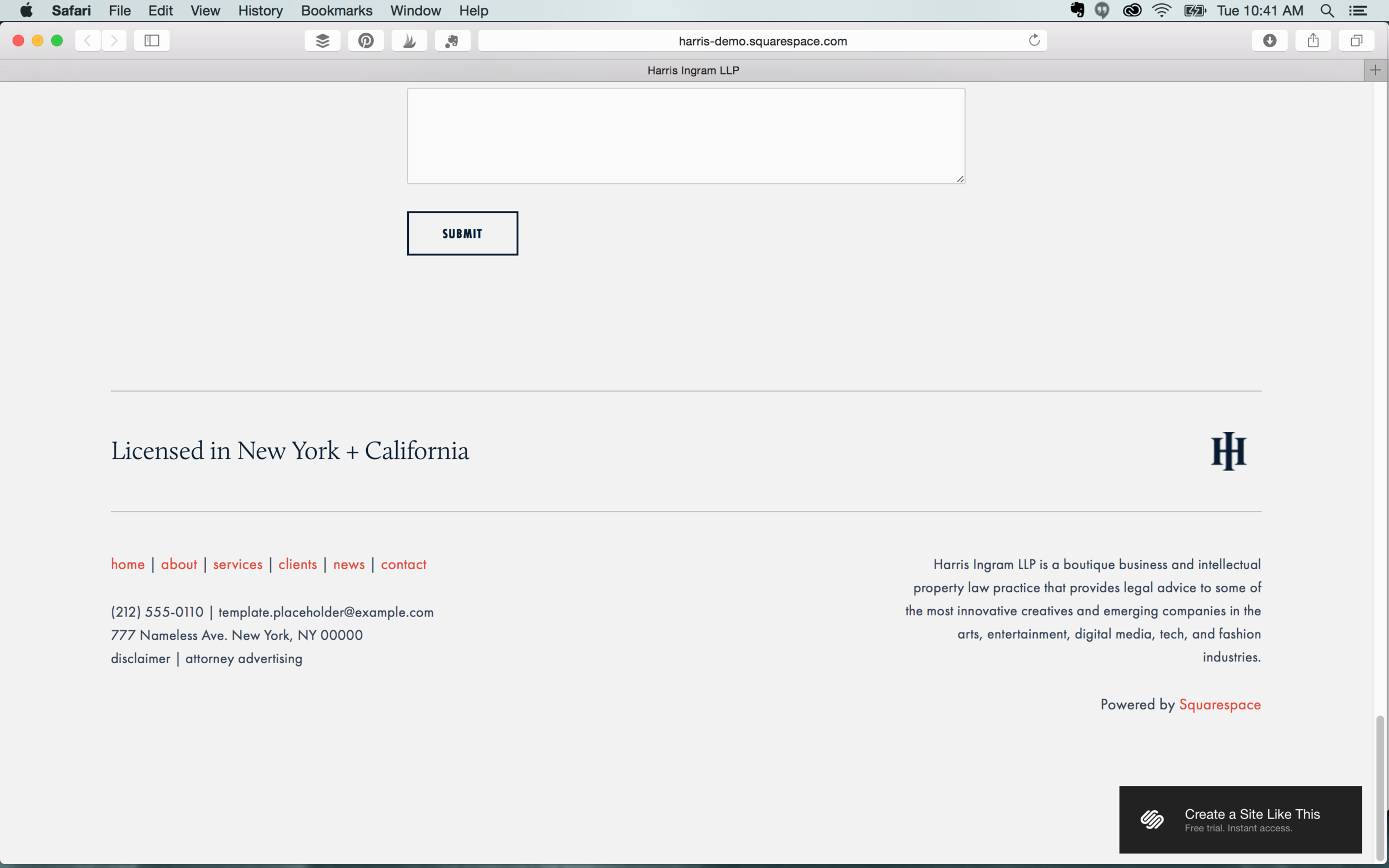You want a brilliant website. We want you have to a brilliant website. But, to make that happen, there’s the small matter of distinguishing between what you think you want and what your business really needs.
Before we get going, here are a few quick facts for you. Did you know:
38% of people say they’d leave a website if its content/layout was unattractive?
94% of people gave poor web design as the reason for mistrusting or rejecting a website?
46% of mobile users face difficulties interacting with a web page?
If anyone who’s reading this post doubts the importance of a good website, hopefully we’ll be able to clear up any confusion!
Whether you’re looking for a brand spanking new website or a revamp of your existing site, here are five things we need to know before helping you embark on your web design or redesign.
1. What's the purpose of your site?
There’s a reason we’ve started with this question: it’s probably the most important one. Why? Because your end goal will heavily determine your website’s look, feel, navigation and layout.
Is your aim to sell a product or a service? Or both? Are you B2B or B2C? Are your offerings low or high value? Or do you exist to ply people with knowledge and information? Are you on the web to raise awareness? Or are you after a personal portfolio? There are endless options. All we need know is which goal is applicable to you – and the more specific the goal the better.
2. Who's your target audience?
Your audience and their persona also play a large part in engineering your website, and this is where collecting data comes in handy. Examples of persona information include
Age bracket
Employment status
Living arrangements
Education
Hobbies and interests
Salary
Online behaviors
Pain points
Motivators
Personality traits
All of these elements (and more) will influence how people interact with a website and what makes them tick, which is why it’s essential the behavior of your ideal end user is incorporated into your design.
3. What kind of content will you be using?
You can’t have design without words, right? So who’ll be writing those words: you or us? If it’s us, do you have tone of voice guidelines?
And, do you plan on having a blog? Try and think of the long game for this one. Even if you don’t think you’re in the position to have one in the immediate future, is it in the pipeline? If so, it makes sense to factor it into the design stage from the get go.
4. What kind of branding do you already have established?
If this isn’t your first stab at a site, it’s likely you’ll already have some form of branding guidelines established – for both your on and offline brand elements. So, the question is, are there elements of that branding you’re adamant on keeping? And if so, why? We need to know the why to help us build a robust picture of how you want your brand to look.
What have you learned about your existing brand since you started using it? How are customers responding – good or bad? Knowing this will help us to make any necessary tweaks to your branding so you can reach your maximum potential.
Bonus question: If we’re making tweaks to your branding on the website, do you also need help updating things like your emails, social media, brochures, and letterhead?
5. Do you have any no-go's?
Whether it’s from an old website of yours, your competitors’, or the local store you buy your groceries from -- are there any color palettes, page layouts, fonts or image styles you absolutely do not like? If so, let us know!
This’ll help us to build only the elements you like into our wireframes and reduce unnecessary back and forth. The end result? You get your polished, finished product as soon as possible!
Hue & Tone: Your Greensboro Marketing Team
Know your website needs improvements, but not sure what they are? Need a fresh set of eyes on your content and design? Give us a call. We're here to help you with all your web and graphic design needs -- no matter how big or small.















